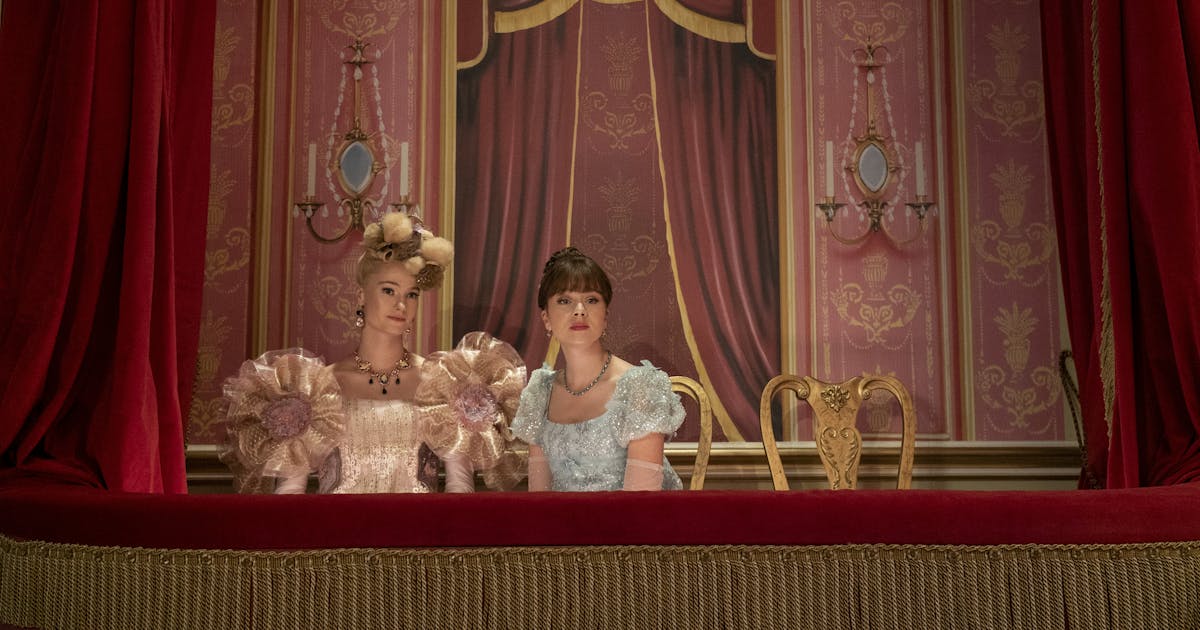
We know how to watch serially even if what we’re watching isn’t presented that way. And we know this because serial television is and always has been a social practice, even when we do it alone. As the media scholar Shane Denson puts it, “in serial formats, our own temporal becoming is intricately interwoven with the temporal unfolding of the series.” The form and content of the television mirrors and even becomes the form and content of our lives. Physically intimate and virtually social, there’s a vanishing boundary between our viewing of these shows and the rest of our lives. But the serial elements we project upon these shows or perceive within them are vestigial, phantom interactions with ghostly friends. We watch the dump alone, in relation only to ourselves and our impulses and our desires, without even the pretense of TV’s social promise.
In a 2022 quarterly earnings letter to shareholders, Netflix wrote this about its dump model: “We believe the ability for our members to immerse themselves in a story from start to finish increases their enjoyment but also their likelihood to tell their friends, which then means more people watch, join and stay with Netflix.” The language of “immersion” in a story is not unique here, as it’s a central aspect of everything from classical Hollywood style to twenty-first-century prime-time serial drama. What’s interesting is the implication that a dumped series is uniquely able to allow viewers to become immersed in the story. In an epic film of the 1950s or a gripping antihero drama of the 2000s, viewers become immersed in the world of the text, but they do so within the structure that the creators design and the medium allows. The immersion of the binge, the immersion that is unique to the dump and the binge, is one that invites only the participation of the viewer. The viewer decides when the story pauses, which episodes air on their own or in part, which ones are grouped together. The viewer decides these things not according to the constraints of serial form but according to the constraints of the lives they lead outside of the show.
The hit series like Grey’s Anatomy and Scandal and How to Get Away With Murder that won Shonda Rhimes the lucrative Netflix deal that has resulted in Bridgerton were perhaps the greatest examples of serial television’s social potential—in terms of both the quality of the shows and their economic impact. The writers of the Shondaland empire took their online fandoms incredibly seriously, live-tweeting, doing Q&As, engaging with viewers through social media as a matter of policy. And the shows reflected this. It can be fun to binge a season of Scandal, but it’s also strangely difficult. The shows move at a breakneck pace, knowing precisely how much viewers can take for 45 minutes at a time. They feature twist after twist after twist, knowing that viewers viewing in real time will turn to their apps or their group texts to discuss. They are built to supercharge the energy of their time slot. Bingeing four Scandal episodes in a row on a streamer—out of their native, weekly habitat—is thus a disorienting, disembodied experience. This is TV that’s excessive by design, but it doesn’t necessarily feel that way until you binge it alone.